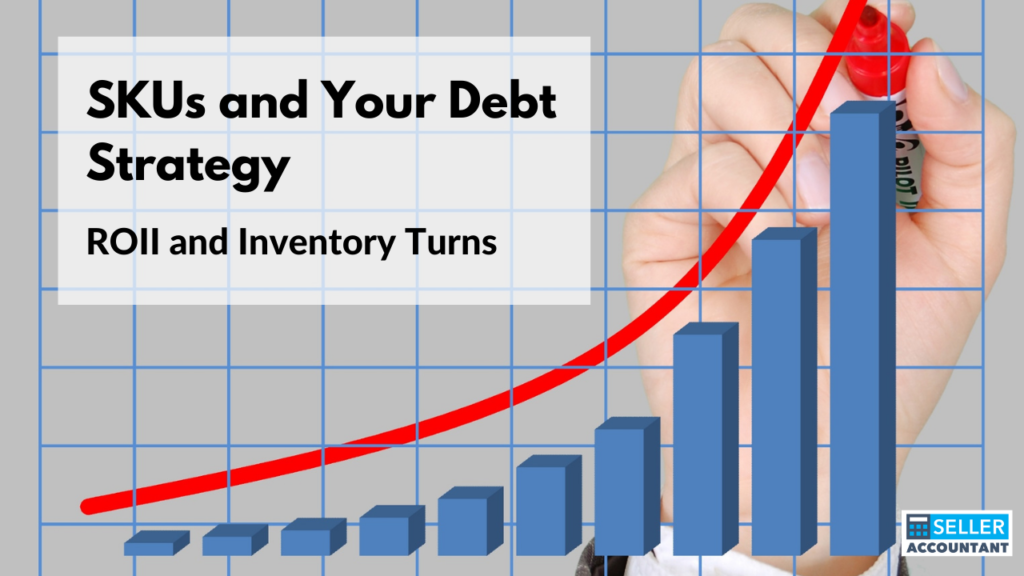2 Debt Strategies using Return on Inventory Investment and Inventory Turnover SKU

You always hear that metrics are important tools to measure the growth of your business. But what does it mean? Not only are SKUs used to identify profitable products, but it also tells you about raising capital.
In this article, we discuss two SKUs that will help you establish your debt strategy. It helps you make decisions on how to scale your business and acquire debt.
Return on Inventory Investment (ROII)
Inventory is a double edge sword for a company. It can be an asset and at the same time a liability, because unsold inventory ties down your cash. So, it’s important to understand how it works.
Return on Inventory Investment (ROII) is an inventory profitability evaluation ratio that analyzes a firm’s ability to turn inventory into cash. It is calculated by dividing the gross margin by the average inventory cost and is used often in the retail industry.
With this SKU you can determine how much you get back for every dollar you invest in the business.
For example, A Company sells hoodies for $100, which were purchased for $75. Their gross margin is $25 per pair and the average inventory cost is $20. The ROII is $25 divided by $20 which yields 1.25%. As long as the result is higher than 1, the company is selling its inventory for more than the cost. In this case, the data means Company A is selling the hoodies at 1.25% of their cost. For every dollar, you get 25% back.
Inventory Turnover
It is the rate at which a company replaces inventory in a given period due to sales. Meaning, the number of times a company sells and replaces its inventory. The Inventory Turnover Ratio is a measure of how well a company generates sales from its inventory.
Inventory Turnover is computed by dividing the Cost of Goods Sold by the Average Inventory for the same period.
The higher the inventory turnover, the better. It means the product is moving fast and being sold at a fast rate. If the ratio is low, the product generates weaker sales. Good Inventory Turnover helps manage inventory, you sell and purchase at the optimal time to maximize profits.
It’s not always about profitability because even a profitable product could lose company money if it has a slow turnover.
Let’s use the example above, you have a 1.25% return on investment in product A and let’s say a more profitable product, B with a 1.70% ROII.
Let’s say product A has a turnover of 3 and B, only 2. A generates 3.75 Annual ROI while B generates 3.4. Despite being the more profitable product, B has a lower overall return of investment overall because it has lower inventory turnovers.
Debt Strategy
Using ROII and Inventory Turnover is usually for identifying profitable products but they could also be used to determine how to raise capital.
Through the ROII and Inventory Turnover, you can identify which debt strategy works for you and come to know the kind of lenders you want to work with.
You want to stay away from high-interest lenders. In the examples above, obviously, they are highly profitable and well-performing products, but if you have low-margin products it makes it impossible to scale your business with a high-interest rate eating at your profit.
If you have a low-margin product that you don’t want to let go of, you should avoid debt and allow growth to come slow and steady. No need to rush scaling your business if you don’t have good margins that can justify debt.
Collaborate
You can reach out to us if you want to learn more about SKUs and how to use them for your business. After all, there is no financial success without a financial strategy.
